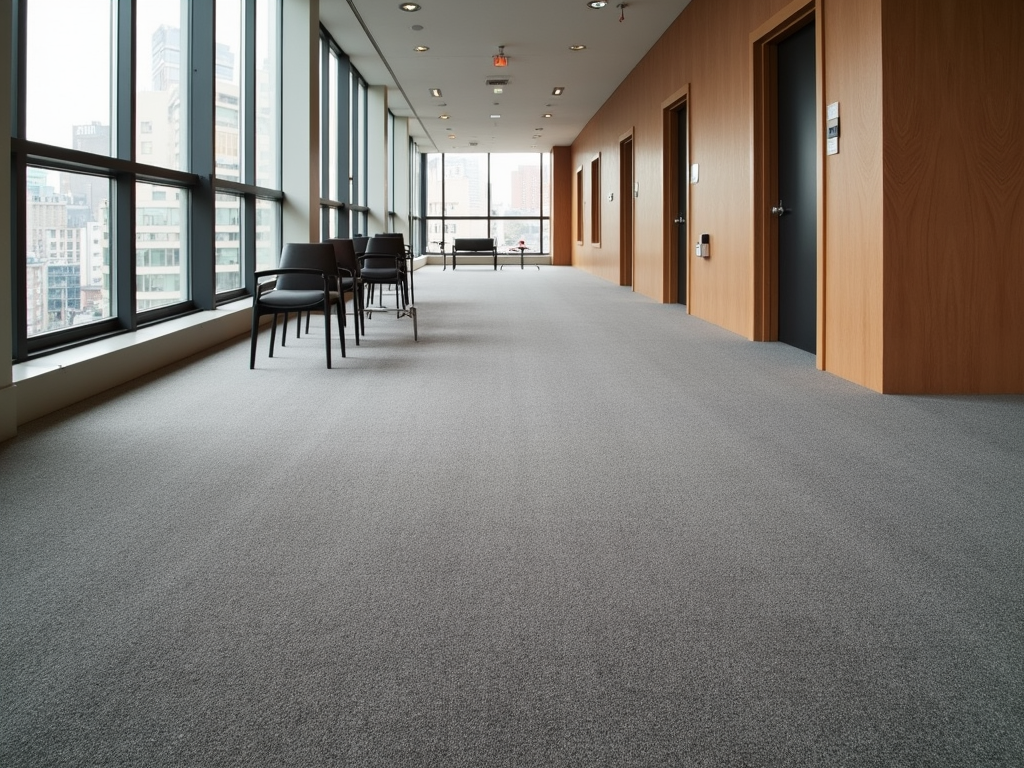From Concept to Completion: A Step-by-Step Guide to Commercial Flooring Installation
The flooring in any commercial building is not just about aesthetics but also functionality and safety. Getting the flooring installation done right is crucial to ensure that the space is not only visually appealing but also safe for clients and employees.
In this post, we will take you through the step-by-step process of commercial flooring installation. This guide will help you understand the process and the challenges involved with building resilient flooring.
Step 1: Choosing The Right Flooring Type
The first step in any commercial flooring project is to choose the right flooring type. As one example, a sports venue would likely use timber flooring installed by experts like Action Floors LTD, so look for solutions relevant to your needs. The most common types of commercial flooring include carpet, vinyl, hardwood, and ceramic.
Each type of flooring comes with its own set of benefits and drawbacks. For instance, vinyl is easier to clean and maintain than hardwood but may not be as visually appealing.
Carpets, on the other hand, come in a range of colors and patterns, but their maintenance can be a hassle. Consult an expert in commercial flooring to help you choose the best resilient flooring types for your project.
Step 2: Assessing The Site
The next step involves assessing the site to determine the subfloor's condition and identify potential obstacles. The subfloor must be level, clean, smooth, and dry for a successful installation.
Any imperfections on the subfloor can compromise the integrity of the flooring and lead to problems in the long run. Also, the installer must consider any obstacles, such as stairs, columns, or plumbing fixtures, that may affect the installation process.
Step 3: Preparing The Subfloor
When it comes to commercial flooring installation, preparing the subfloor is a crucial step toward ensuring a successful completion. Many flooring problems arise due to the lack of subfloor preparation.
Adequate preparation of the subfloor requires the removal of any pre-existing flooring materials that may negatively affect the new flooring installation, such as excess adhesive or debris. Afterward, the subfloor must be thoroughly cleaned and inspected for any damage.
Any noticeable issues, such as cracks or unevenness, must be addressed before installation to prevent further problems. Sometimes, the installer may need a vapor barrier to control moisture levels. Proper subfloor preparation is critical in ensuring that the flooring lasts a long time.
Step 4: Actual Installation Of The Flooring
The next step is the actual installation of the flooring. The installer needs to follow the manufacturer's instructions carefully and use the right tools, adhesive, and techniques.
For instance, in the case of vinyl flooring, the installer needs to cut the vinyl to size, roll it out, and apply adhesive according to the manufacturer’s instructions.
Hardwood flooring requires more intricate installation methods such as nailing, gluing, or floating. The installer needs to ensure that the flooring is aligned correctly and any cuts are precise.
Step 5: Post-Installation Cleanup And Inspection
After the commercial flooring installation, it's time for post-installation cleanup and inspection. This is a crucial step in ensuring the newly installed floors are safe and functional for daily use.
The cleanup process involves removing all debris, dust, and dirt left behind from the installation. A thorough inspection is then performed to check for any defects or installation errors that could pose a safety risk.
This includes checking the seams the level of the floors, and ensuring that all transitions are secure and properly installed. Once the inspection is complete and any necessary repairs or adjustments are made, the new flooring is ready for use.
Final Thoughts
Commercial flooring installation is a complex and detailed process that requires time, attention to detail, and technical expertise. It is always best to work with a qualified and experienced commercial flooring installer who can guide you through the process and ensure everything is done correctly.
By following this step-by-step guide, you can have confidence that your commercial flooring installation project will succeed.






